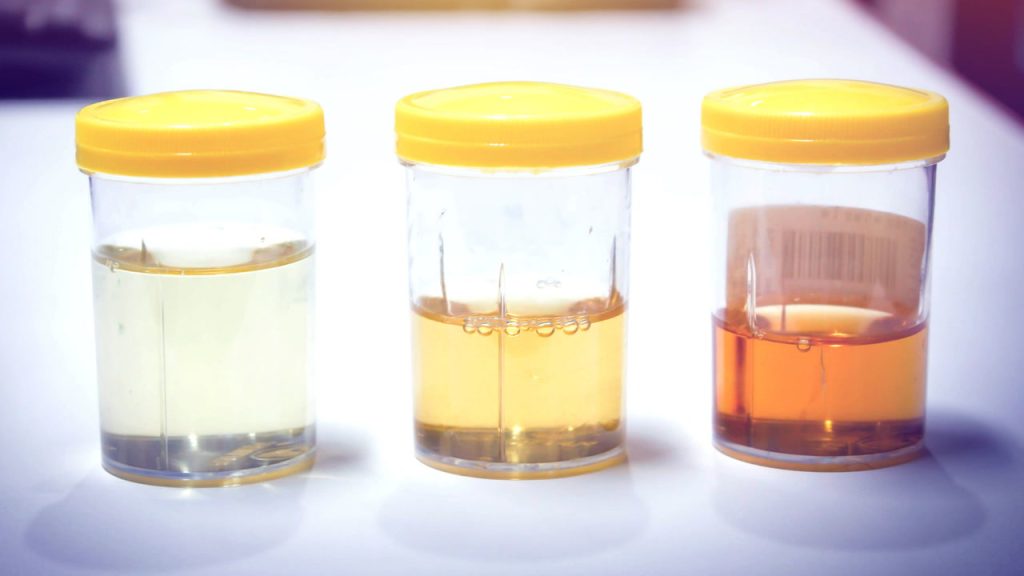Urine color serves as a valuable indicator of your body’s hydration status and can offer insights into kidney function and overall health. By observing changes in urine color, you may detect early signs of dehydration, dietary influences, or potential medical conditions.
Normal Urine Colors and Their Significance
- Pale Yellow to Amber: This range is considered normal and indicates proper hydration. The yellow hue comes from urochrome, a pigment resulting from the breakdown of hemoglobin.
- Clear or Colorless: While clear urine may suggest overhydration, it is generally not a cause for concern. However, consistently colorless urine could dilute essential electrolytes.

Abnormal Urine Colors and Potential Health Implications
- Dark Yellow or Amber: Often a sign of dehydration. Increasing fluid intake can help restore normal urine color.
- Orange: May result from certain medications, such as phenazopyridine, or excessive intake of vitamin B supplements. In some cases, orange urine can indicate liver or bile duct issues, especially if accompanied by light-colored stools .
- Red or Pink: Could be due to the presence of blood, a condition known as hematuria. This may stem from urinary tract infections, kidney stones, or more serious conditions like kidney disease or tumors. However, consuming foods like beets or blackberries can also cause red or pink urine.
- Brown or Cola-Colored: May indicate severe dehydration, liver disorders, or muscle breakdown. It’s essential to consult a healthcare provider if this color persists .
- Blue or Green: Rare and often linked to certain medications or food dyes. In some instances, it can be due to bacterial infections or genetic conditions .
- Cloudy or Murky: Can suggest urinary tract infections or kidney stones. If accompanied by a strong odor or discomfort, medical evaluation is recommended .
- Foamy or Bubbly: Occasional foaminess is typically harmless. However, persistent foamy urine may indicate the presence of protein, a potential sign of kidney disease .
When to Seek Medical Attention
While variations in urine color can be benign, certain changes warrant prompt medical consultation:
- Persistent red, pink, or brown urine without dietary causes.
- Cloudy urine accompanied by pain, fever, or a strong odor.
- Consistently foamy urine.
- Significant changes in urination frequency or volume.
These symptoms could indicate underlying conditions such as infections, kidney disease, or liver problems.

Maintaining Kidney Health
To support optimal kidney function and overall well-being:
- Stay Hydrated: Aim to drink sufficient water daily to maintain clear or light yellow urine.
- Monitor Urine Changes: Regularly observe urine color and consult a healthcare provider if abnormalities persist.
- Limit Toxin Exposure: Reduce intake of substances that can harm the kidneys, such as excessive NSAIDs or certain antibiotics.
- Maintain a Balanced Diet: Consume a diet rich in fruits, vegetables, and whole grains to support kidney health.
- Regular Check-Ups: Routine medical examinations can help detect potential issues early.
Understanding the nuances of urine color can serve as a simple yet effective tool in monitoring your health. By staying informed and attentive to changes, you can take proactive steps toward maintaining kidney function and overall wellness.

















